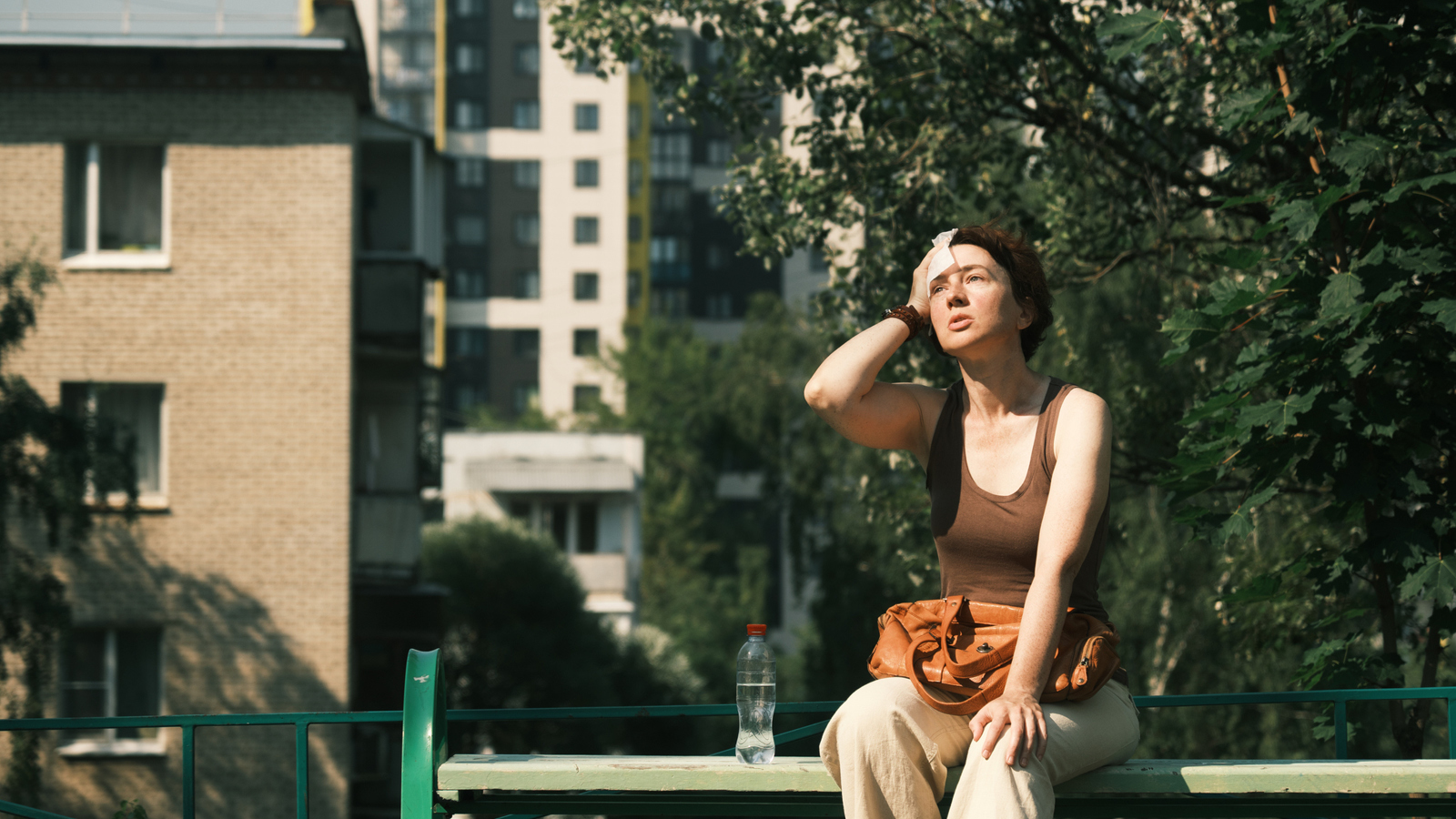
Check out our guide on how to identify the telltale signs of this potential killer, how to treat it – and how to prevent it in the first place.
As the warmer weather hits New Zealand, we’re often prone to overexposing ourselves to the sun. But in addition to the well-documented risks of skin cancer from the sun’s UV rays, there is another, more immediate threat to consider - especially if we work outside, or simply aren’t used to too much sunshine. Heatstroke is a very real and life-threatening condition that occurs when our body temperature rises above 40°C. It is usually caused by physical over-exertion or prolonged exposure to hot, humid conditions. Initially it may cause seizures, confusion or fainting. But left untreated, it can lead to organ failure, coma, brain damage, or even death.
Pretty much anyone can get heatstroke, although infants and elderly people are at greater risk because their central nervous systems are not fully formed or in decline respectively, and thus less able to regulate body temperature as effectively.
Heatstroke stems from heat exhaustion, yet its consequences are much more dangerous.
Heat exhaustion v heatstroke
So what’s the difference between heat exhaustion and heatstroke? Not that much, initially – you have to go through one to get to the other.
If you’re suffering from heat exhaustion your body will sweat excessively, your heart will start to race, you may feel weak and nauseous, your skin may develop a heat rash and you may start to get cramps.
Ignore these warning signs at your peril. Because if you don’t manage to cool yourself down within around 30 minutes, then you may be faced with the much more serious prospect of heatstroke.
What are the symptoms of heatstroke?
Heatstroke symptoms are a step up from heat exhaustion, and may include:
- High body temperature
Your core body temperature reaches 40°C, and your vital signs begin to deteriorate.
- Altered behaviour or mental state
The person may become confused, agitated, or delirious, or can slur their speech.
- Lack of sweat
Instead of clammy and moist, skin will feel hot and dry to the touch as the body goes into emergency mode and directs water towards internal organs.
- Rapid breathing
Breathing will become irregular and rapid, with shallow breaths.
- Nausea and headache
You may feel sick, dizzy, start to vomit or lose consciousness.
- Increased heart rate
Your pulse will increase significantly as your heart attempts to cool your body.
Taking action
Heatstroke requires urgent medical attention. Call 111 immediately. If you’re waiting for an ambulance to arrive, here are a few ways you can help to cool the person down:
- Lower their temperature
Apply ice packs to the necks, groin and armpits, or immerse them in cool water if you can. Whatever you can do safely and reasonably to lower their body temperature, fast.
- Fluids
If possible, get them to drink salted fluids, like lightly salted water or sports drinks.
- Remove heavy clothing
Remove clothing that may be too tight or restrictive, such as protective gear – anything that might be adding to the problem.
- Monitor breathing
Ensure they’re not struggling for air, or have any airway blockages.
How to prevent heatstroke
Of course, prevention is always better than cure. So always take the following steps during hot weather to lessen the sun’s impact:
- Drink plenty of fluids
Rule number one, make sure you stay hydrated in the heat. This will help your body to sweat and maintain an acceptable body temperature.
- Wear loose, lightweight clothing
Excessive or tight-fitting clothing doesn’t allow your body to cool as easily. So try to wear fewer clothes and breathable fabrics, while remembering to…
- Protect against sunburn
Quite apart from the dangers of skin cancer, getting sunburnt decreases your body’s ability to cool itself. Make sure you apply generous amounts of sunscreen, and repeat at least every couple of hours.
- Avoid sitting in parked cars
What goes for pets also applies to humans. The temperature in your car can rise rapidly in direct sunlight – over 10 degrees in ten minutes – even with the windows ajar. So never leave anyone in a parked car. Or if you do, try to ensure you’re parked in the shade.
Take it easy
It may not always be possible, but try to avoid more strenuous activity during the hottest parts of the day – usually around 12pm to 3pm. If you can’t, make sure you keep your fluids up and stay safe.
Whatever you do, always err on the side of caution in the hot weather. And remember, if you suspect someone has heatstroke at all, call 111 immediately and try to lower their body temperature ASAP – it could just save their life.
Reference:
https://www.webmd.com/a-to-z-guides/heat-stroke-symptoms-and-treatment
https://www.healthnavigator.org.nz/health-a-z/h/heat-stroke-and-heat-exhaustion/
